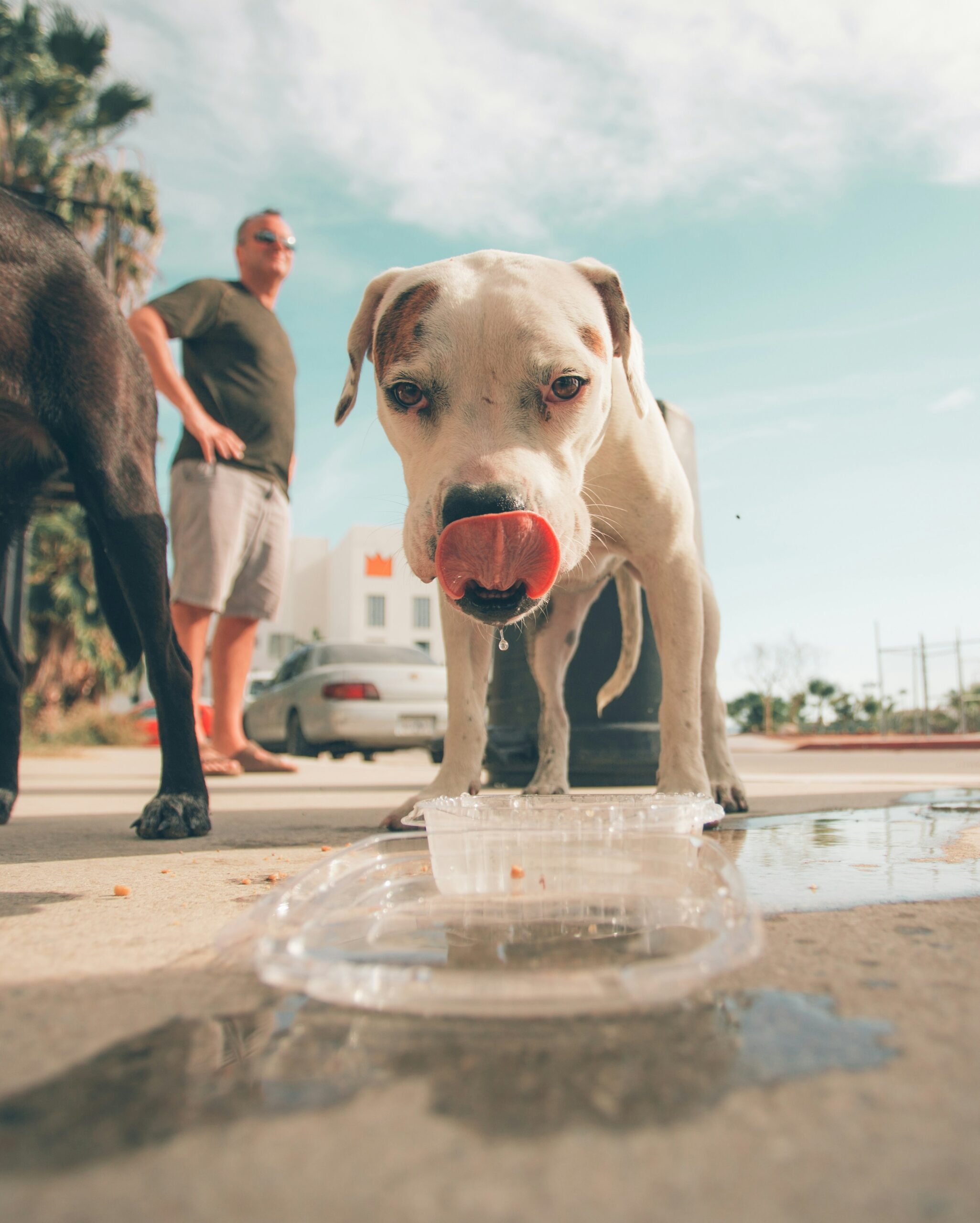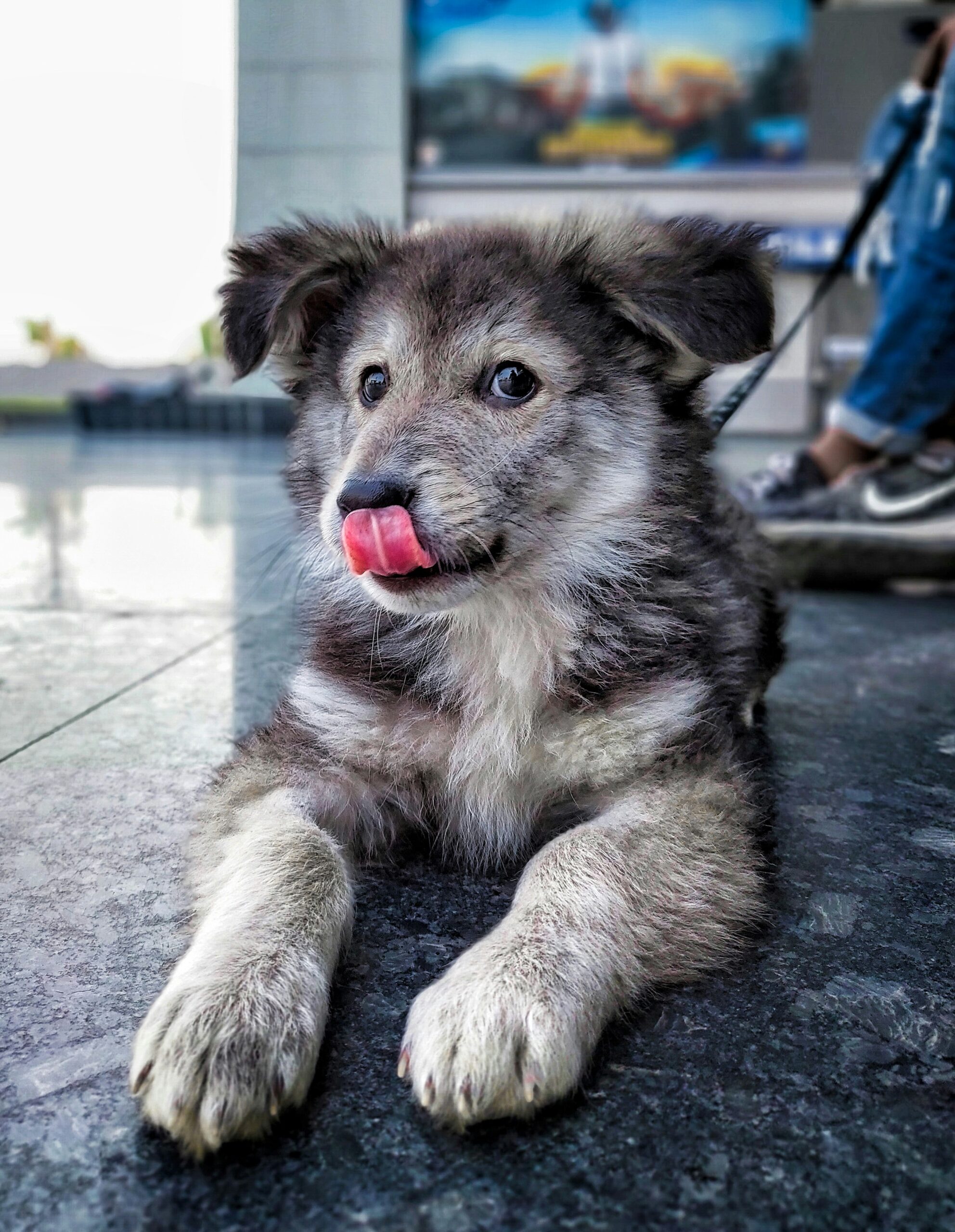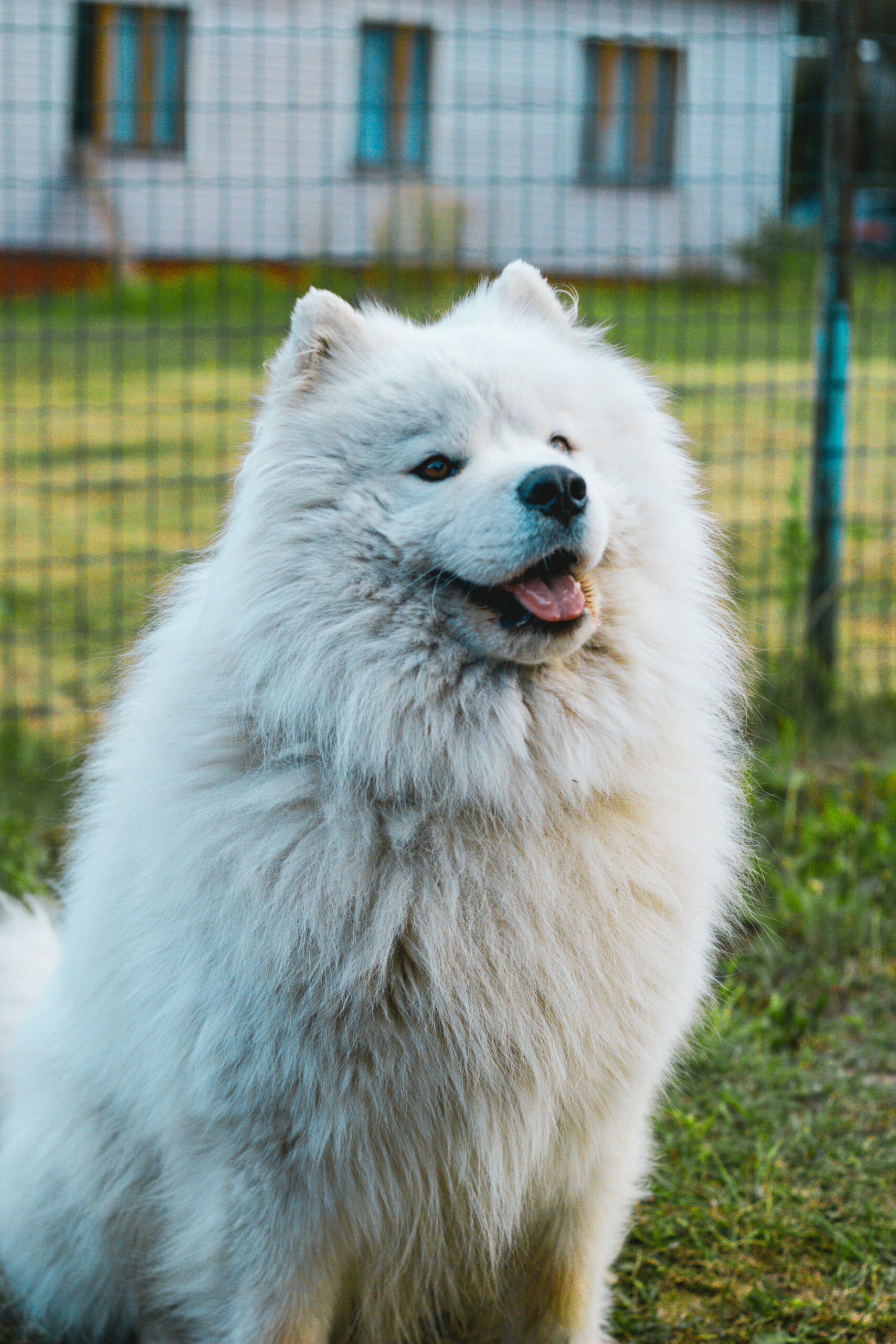Keeping Your Cool: The Ultimate Guide to Preventing Heat Stroke in Dogs
Preventing Heat Stroke in Dogs: Tips for Keeping Your Canine Companion Cool – Learn how to protect your furry friend from heat stroke, including understanding the risks, implementing preventive measures, and recognizing the signs and treatment of heat stroke in dogs.
Preventive Measures for Heat Stroke
Preventing heat stroke in dogs involves a combination of proactive steps to ensure your furry friend stays safe and cool during hot weather. One crucial preventive measure is to provide access to shade, as direct sunlight can quickly raise a dog’s body temperature. If your dog spends time outdoors, make sure there are shaded areas where they can rest comfortably. Additionally, keeping your dog hydrated is essential in preventing heat stroke. Always ensure that your canine companion has access to clean and cool water, especially on hot days when they may be more prone to dehydration.
Another important preventive measure is to avoid exercising your dog during the hottest parts of the day, particularly in high humidity. Instead, opt for early morning or evening walks when temperatures are cooler. This simple adjustment can help prevent your dog from overheating during physical activity. Moreover, being aware of the signs of heat stress in dogs is crucial for early intervention. By recognizing symptoms such as excessive panting, lethargy, rapid heartbeat, and vomiting, you can take immediate action to prevent heat stroke from progressing. Educating yourself on these signs and being vigilant during hot weather can significantly contribute to your dog’s well-being.
Ensuring that your canine companion is protected from the heat requires a proactive approach that includes providing shade, maintaining hydration, and avoiding strenuous activities during peak temperatures. By taking these preventive measures, you can help your dog stay cool and comfortable, reducing the risk of heat-related illnesses and ensuring they can enjoy the summer months safely by your side. Remember, your attentiveness and care play a vital role in keeping your dog healthy and happy during warm weather.
Introduction: Understanding Heat Stroke in Dogs
Heat stroke in dogs is a severe condition that can result in organ damage and even death if not addressed promptly. Dogs primarily rely on panting for cooling, as their sweat glands are mainly located on their paw pads. With a normal body temperature ranging between 100.5°F and 102.5°F, dogs are more prone to overheating compared to humans.
Importance of Recognizing Signs of Heat Stroke
Recognizing the signs of heat stroke in dogs is crucial for early intervention and preventing serious health issues. Signs of heat stroke include excessive panting, rapid heartbeat, lethargy, and vomiting. For instance, if you notice your dog excessively drooling and having difficulty breathing after a vigorous play session on a hot day, it could be a sign of heat stroke. Understanding these signs can prompt you to take immediate action to cool down your dog and seek veterinary care if necessary. Being vigilant and observant of your dog’s behavior in hot weather can make a significant difference in preventing heat stroke and ensuring your pet’s well-being.
Understanding Heat Stroke in Dogs
Heat stroke in dogs can be a rapid and severe condition, necessitating urgent intervention to prevent further complications. For instance, a dog’s core body temperature can surge quickly, potentially causing harm to vital organs like the brain, liver, kidneys, and the gastrointestinal system. This highlights the critical importance of recognizing the signs of heat stroke promptly and taking immediate steps to cool down the dog and seek veterinary care to avoid long-term health consequences.
Moreover, various factors can increase a dog’s susceptibility to heat stroke, with obesity being a notable risk factor. Overweight dogs tend to generate more body heat, making it challenging for them to regulate their temperature efficiently. Additionally, age plays a crucial role, as puppies and senior dogs have less effective temperature regulation mechanisms, making them more vulnerable to heat-related illnesses. Therefore, understanding these risk factors and tailoring preventive measures accordingly is key to safeguarding your furry companion’s well-being during hot weather.
Risk Factors and Vulnerable Breeds
When it comes to heat stroke, the vulnerability of certain dog breeds is a crucial factor to consider. Brachycephalic breeds, like Bulldogs and Pugs, are particularly at risk due to their unique anatomical features that impede efficient cooling mechanisms. For example, these breeds have narrowed airways, making it harder for them to pant effectively and dissipate heat, leading to a higher likelihood of overheating. Additionally, breeds with darker coats, such as Rottweilers or Dobermans, are more prone to absorbing heat from the sun, further elevating their susceptibility to heat-related illnesses.
Moreover, age plays a significant role in a dog’s ability to withstand heat stress. Puppies and senior dogs have underdeveloped or declining physiological functions, making it challenging for them to regulate their body temperature efficiently. For instance, puppies have immature thermoregulatory systems, while senior dogs may have age-related conditions that affect their heat tolerance. Understanding these vulnerabilities based on breed characteristics and age is essential for dog owners to take proactive measures in preventing heat stroke and ensuring the well-being of their beloved pets during hot weather.
Preventive Measures for Heat Stroke
When it comes to preventing heat stroke in dogs, there are several key measures that responsible pet owners can take to ensure their canine companions stay safe and cool during hot weather. Providing access to shade is a fundamental step in safeguarding your dog from overheating. Direct sunlight can significantly elevate a dog’s body temperature quickly, making it essential to offer shaded areas where they can rest comfortably and stay cool. For instance, setting up a canopy in your backyard or creating a shaded spot with a tarp can offer your dog a refuge from the scorching sun, especially during peak heat hours.
In addition to shade, keeping your dog well-hydrated is paramount in the prevention of heat stroke. Dogs, like humans, need constant access to fresh and cool water to regulate their body temperature and stay hydrated. An effective way to ensure your dog has enough water is to have multiple water bowls placed in different areas of your home or yard, making it convenient for them to drink whenever they feel the need. Furthermore, avoiding strenuous exercise during the hottest parts of the day is crucial in preventing overheating. Dogs can easily get exhausted and overheated when exercising in high temperatures, particularly when humidity levels are elevated. Opting for walks or playtime in the early morning or late evening when temperatures are cooler can help mitigate the risk of heat stroke and keep your furry friend safe and comfortable.
Cooling Tips for Dogs
When trying to cool down your furry friend during hot weather, there are various effective methods to help prevent heat stroke. One essential tip is to apply cool (not cold) water to your dog’s paw pads, underbelly, and ears. These areas are where dogs can efficiently release heat and regulate their body temperature. For example, after a brisk walk on a hot day, gently wetting these areas can provide instant relief and aid in preventing overheating.
Moreover, offering frozen treats or ice cubes for your dog to lick can be an enjoyable way to help them stay cool. Dogs often enjoy the experience of licking or chewing on ice, which not only helps with hydration but also provides a cooling sensation. For instance, freezing a mixture of water and low-sodium broth in an ice cube tray can create tasty and refreshing treats for your canine companion on a scorching day.
Additionally, investing in cooling vests or mats can be a practical solution to assist your dog in managing their body temperature during hot weather. These specialized products are designed to help cool your dog down efficiently. For instance, a cooling vest made with breathable materials that can be soaked in water before wearing can provide extended relief from the heat, especially during outdoor activities like hiking or playing in the park.
Recognizing and Treating Heat Stroke
Recognizing the signs of heat stroke in dogs is vital for prompt intervention and treatment. Apart from the common symptoms of collapse, seizures, diarrhea, and excessive drooling, dogs suffering from heat stroke may also exhibit a rapid heart rate, bright red gums, and weakness. For instance, if you notice your dog excessively panting after a short period of outdoor activity, it could be an early sign of heat stress that requires immediate attention and cooling measures to prevent it from escalating into heat stroke.
When a dog is suspected of having heat stroke, swift action is necessary to prevent further complications. In addition to seeking immediate veterinary care, cooling the dog down by wetting its body with cool water, using fans or air conditioning, and offering water to drink are crucial initial steps to lower its body temperature. For example, gently applying cool water to the dog’s paw pads, underbelly, and ears can aid in reducing its core temperature. Remember, the sooner heat stroke is identified and treated, the better the chances of a full recovery for your furry companion.
Conclusion: Ensuring Your Canine Companion’s Well-being
Preventing heat stroke in dogs goes beyond just providing shade and water; it involves understanding the individual needs of your furry friend. For instance, certain dog breeds, such as Bulldogs, Boxers, and Pugs, are more susceptible to heat stroke due to their anatomical characteristics and inability to regulate body temperature effectively. By recognizing these breed-specific vulnerabilities, owners can take extra precautions to keep their pets safe during hot weather.
In addition to breed considerations, age is another factor that can impact a dog’s ability to cope with heat. Puppies and senior dogs have a harder time regulating their body temperature, making them more vulnerable to heat stroke. This means that special attention should be given to these age groups, such as providing extra cooling measures and closely monitoring their behavior during hot days. By tailoring preventive strategies based on breed and age, dog owners can significantly reduce the risk of heat stroke and ensure their canine companions remain healthy and happy throughout the summer months.





 Book Appointment
Book Appointment